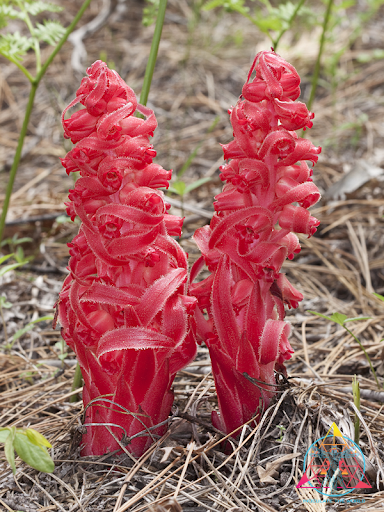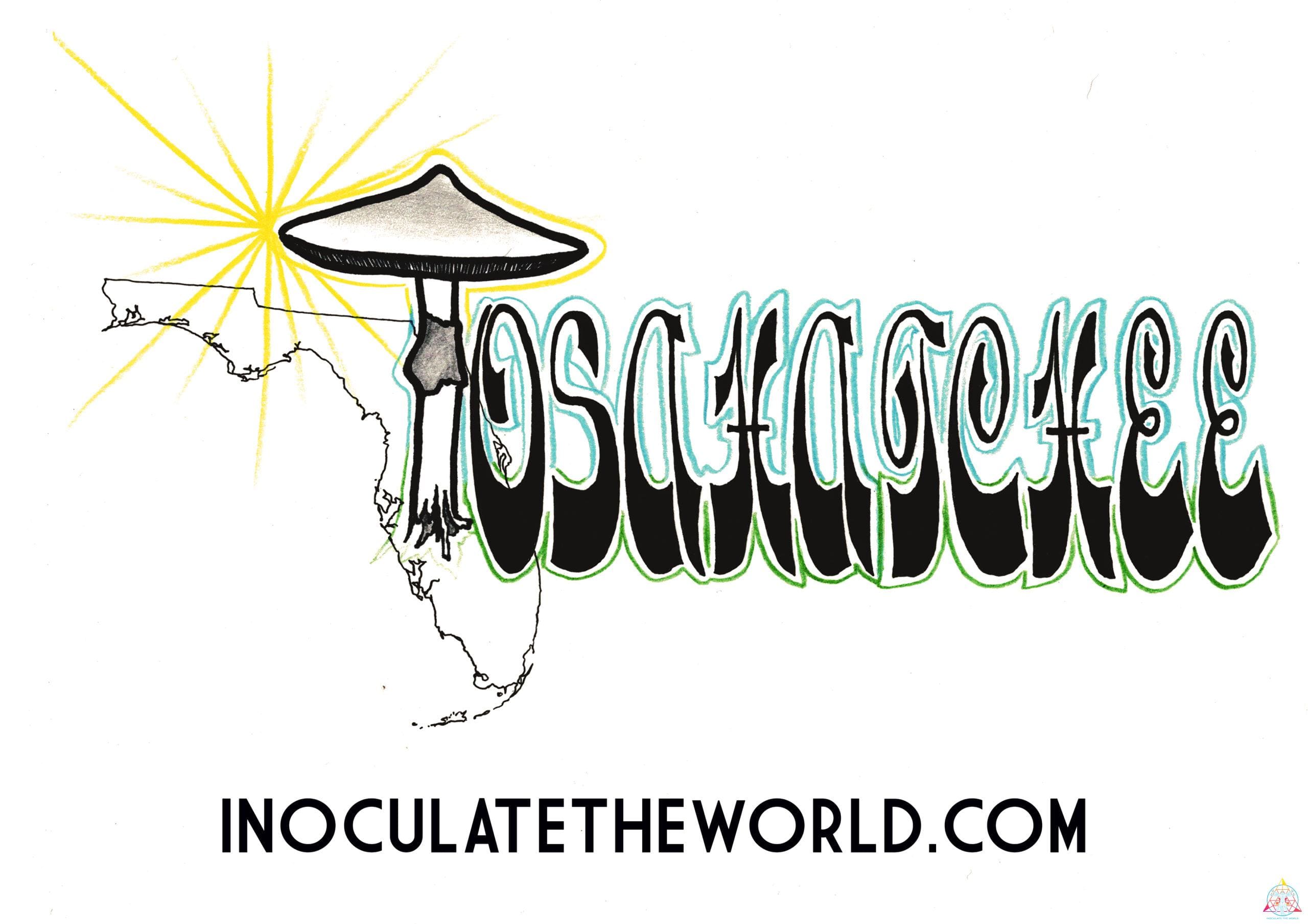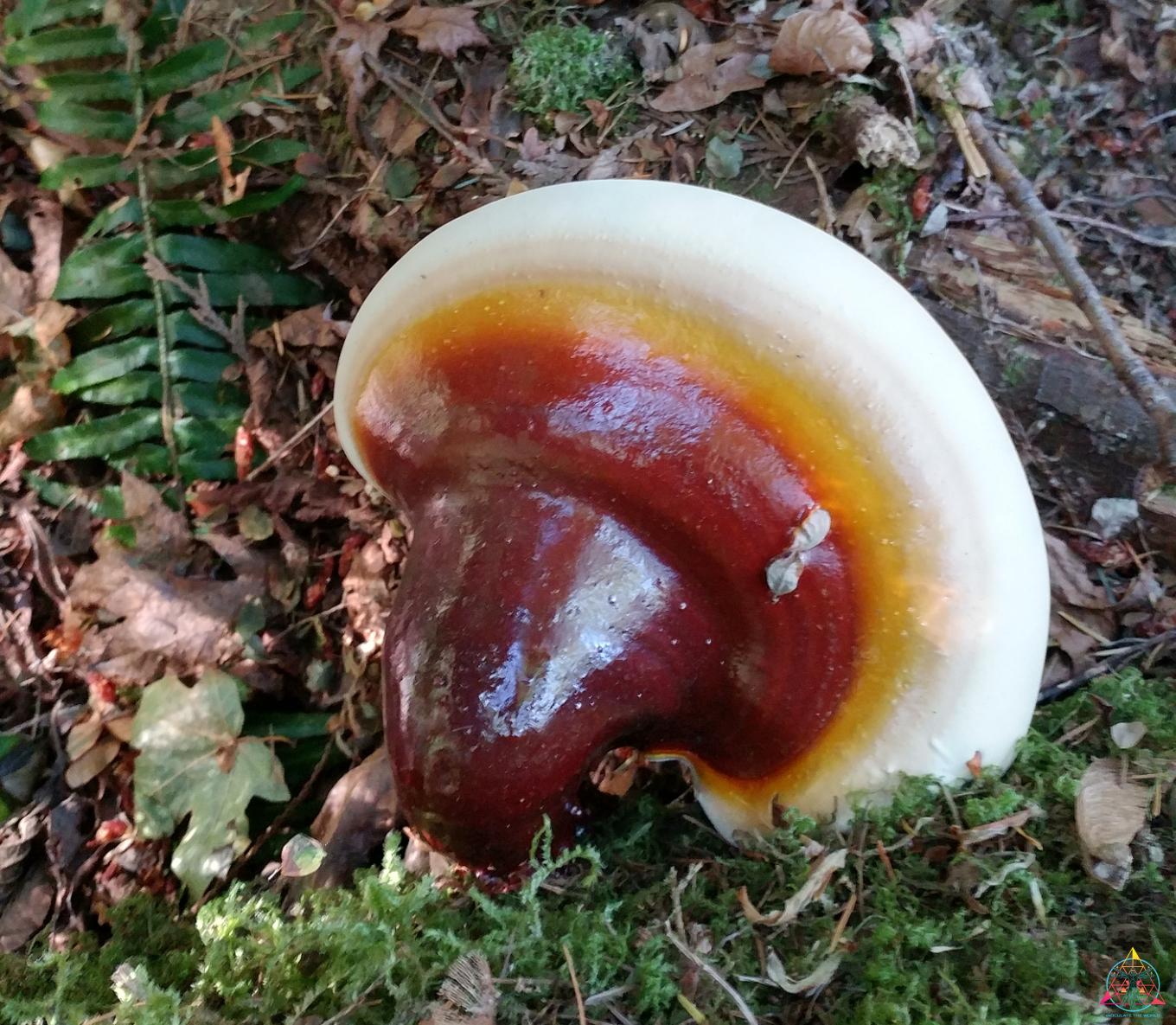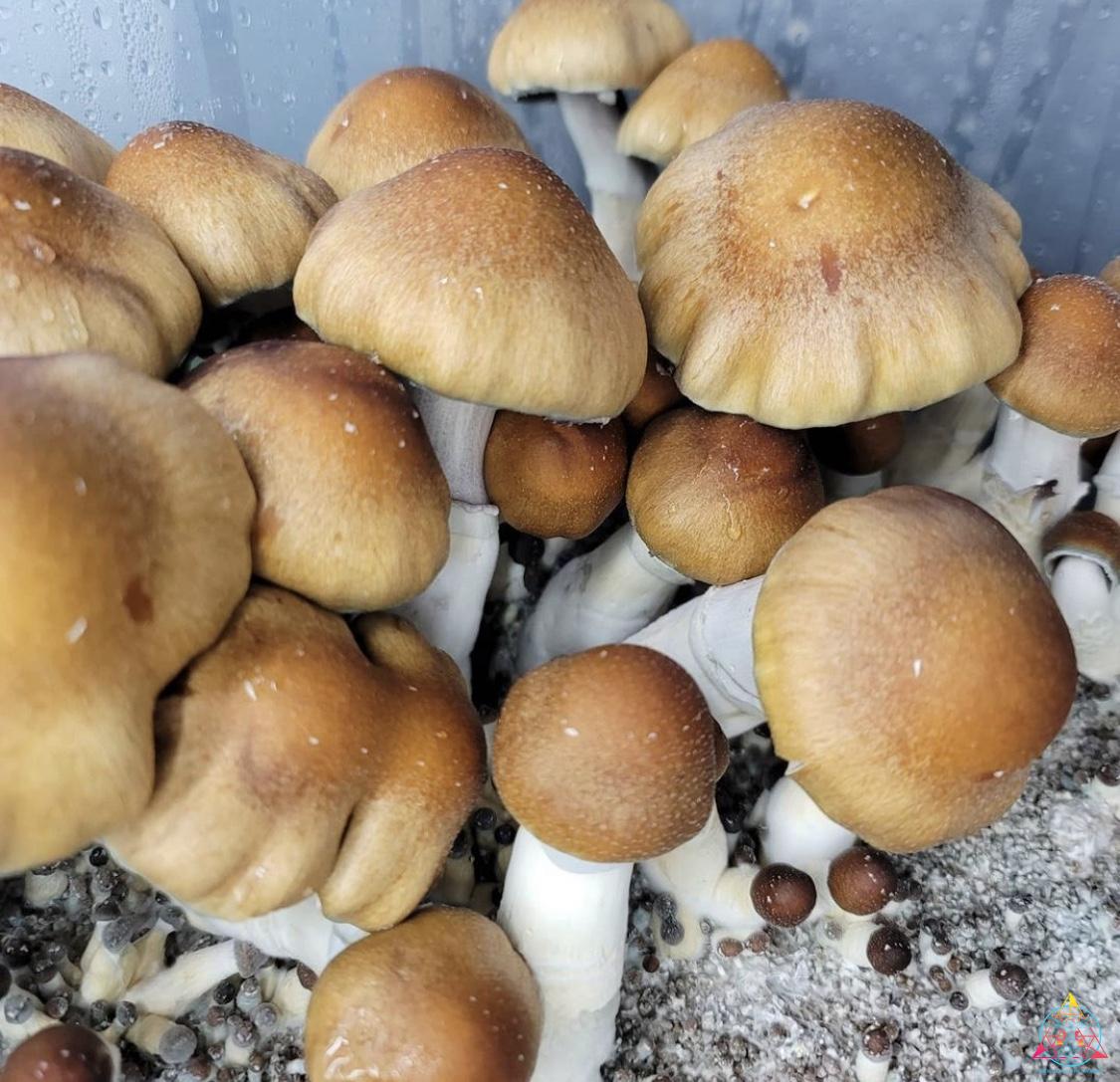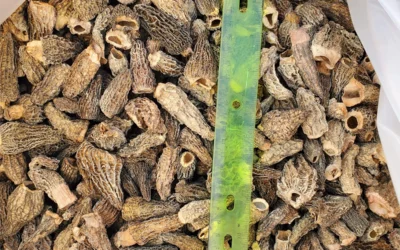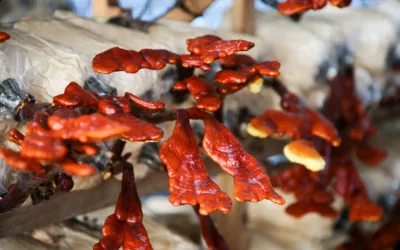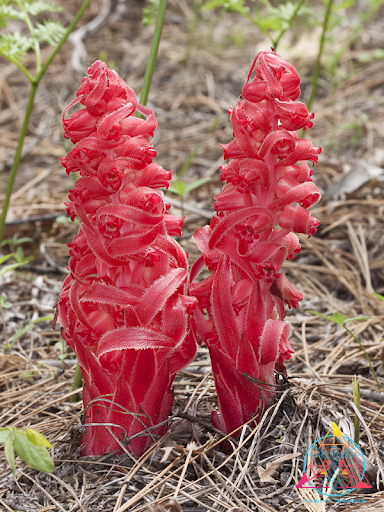
Mycoheterotrophic Parasitism
BY: @C_Y_SPAM
In school, we’re taught that plants make their own food from carbon dioxide, water, and energy from the sun thanks to a green, sun-catching pigment called chlorophyll, right? While that’s entirely true for about 99% of plants, if nothing else, biology is the science of exceptions. For the remaining 1 percent of plants, the rules begin to bend. These plants secure at least a portion of their daily sustenance from parasitizing other plants, and in some rare cases, they’ll parasitize mycelium as well!
These fascinating mushroom-eaters can be put into two categories. First, you have hemiparasites, aka the mixotrophs, which you could easily mistake for any old autotrophic (self-feeding) plant in the wild. Pyrola rotundifolia, for example, seems green and innocent enough, keeping its appetite for fungi hidden beneath the soil. These fellas photosynthesize, and to satisfy that extra bit of appetite, they’ll use parasitism as a side hustle.
Then, you have the diehards. These plants are holoparasitic, meaning they survive entirely on what they steal from fungal networks in the soil. To use the formal botanic terminology, they are true “mycoheterotrophs”. They’ve given up the photosynthetic lifestyle completely, and it shows! Having abandoned the costly production of green chlorophyll (and leaves!) long ago, they can appear as anything from a ghostly white (like in Monotropa uniflora) to blood-red (like in Sarcodes sanguinea). Believe it or not, both of these alien-like mycoheterotrophs belong to the blueberry family!!!
They’re commonly mistaken for fungi, but that’s not too far off the mark! After all, without the need to photosynthesize, mycoheterotrophs spend the majority of the year underground, parasitizing, only shooting up their bizarre flower stalks to reproduce (of course, these plants are looking to be pollinated, while mushrooms only need to release their spores). This is a brilliant example of convergent evolution, where two unrelated organisms develop remarkably similar traits to deal with the same problem of survival. And to think, all mycoheterotrophs started (millions of years ago, of course) as an organism that mistakenly developed just the right tools to devour mycelium! Despite the obvious improbability of such a scenario, it has occurred at least 12 separate times in the history of flowering plants!
This small but fascinating group of plants represents an incredibly unique branch on the tree of life, yet botanists still are discovering more about their complex systems of life and ecological niche regularly. For instance, just as the presence of a good array of mycorrhizal fungi can be used as an indicator of good forest health, the presence of parasitic plants can be used as another “bioindicator” by ecologists tracking environments. After all, the presence of a mycoheterotroph that eats mycorrhizal fungi would require: A) a steady population of a certain tree; and B) a steady population of the fungi that caters to said trees. On top of that, add all other environmental prerequisites that the parasitic plant might need. As a result of such intricate requirements, these parasites tend to be quite rare, typically inhabiting only “healthy” and complex ecologies. Knowing this, ecologists can better classify habitats, and better understand how to protect them!
The word parasite often brings to mind a small, malicious creature, like a flea, hookworm, or tick. The parasites of the plant kingdom, however, couldn’t be further from that ugly description. These plants are full-sized, relatively benign in their natural habitat, and oftentimes, they’re stunningly beautiful! These rare beauties, defying everything we thought we knew about plants, are a constant reminder of the infinitely complex world right outside our door, just waiting to be understood and appreciated.
LEAKE, JONATHAN R. “The Biology of Myco-Heterotrophic (‘saprophytic’) Plants.” New Phytologist, vol. 127, no. 2, 1994, pp. 171–216. Crossref, doi:10.1111/j.1469-8137.1994.tb04272.x.
Merckx, Vincent, et al. “Myco-Heterotrophy: When Fungi Host Plants.” Annals of Botany, vol. 104, no. 7, 2009, pp. 1255–61. Crossref, doi:10.1093/aob/mcp235.
Tedersoo, Leho, et al. “Parallel Evolutionary Paths to Mycoheterotrophy in Understorey Ericaceae and Orchidaceae: Ecological Evidence for Mixotrophy in Pyroleae.” Oecologia, vol. 151, no. 2, 2006, pp. 206–17. Crossref, doi:10.1007/s00442-006-0581-2.
Těšitel, Jakub. “Functional Biology of Parasitic Plants: A Review.” Plant Ecology and Evolution, vol. 149, no. 1, 2016, pp. 5–20. Crossref, doi:10.5091/plecevo.2016.1097.

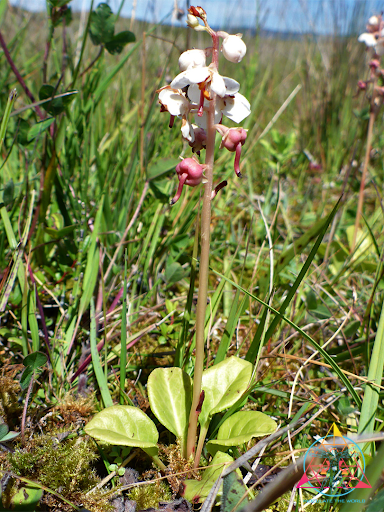
Related Articles
Maria Sabina, Mazatec Wisdom, and the Costs of Psychedelic Tourism
Maria Sabina is often remembered as one of the most influential figures in the psychedelic world, renowned for her role as a poet, and shaman, and as the woman who introduced magic mushrooms to Gordon Wasson, and thus, the Western world. Maria Sabina’s quotes...
Forage to Feast: Exploring the Biology and Culinary Magic of Morel Mushrooms
It’s a mild spring day, with the warm sun casting flecks of light on the forest floor. Deciduous tree branches tangle together overhead and close in around a grassy depression, likely the remnant of a past disruption or abandoned pathway. The mushroom forager...
The Mushroom of Immortality: Learn About Medicinal Reishi Mushrooms
Reishi, along with the entire Ganoderma Genus, is prized for its health benefits, and is among the most unique-looking fungi in our collection. In this article, we’ll discuss some of the health benefits of Reishi mushrooms and Ganoderma as a whole. We’ll also discuss...


